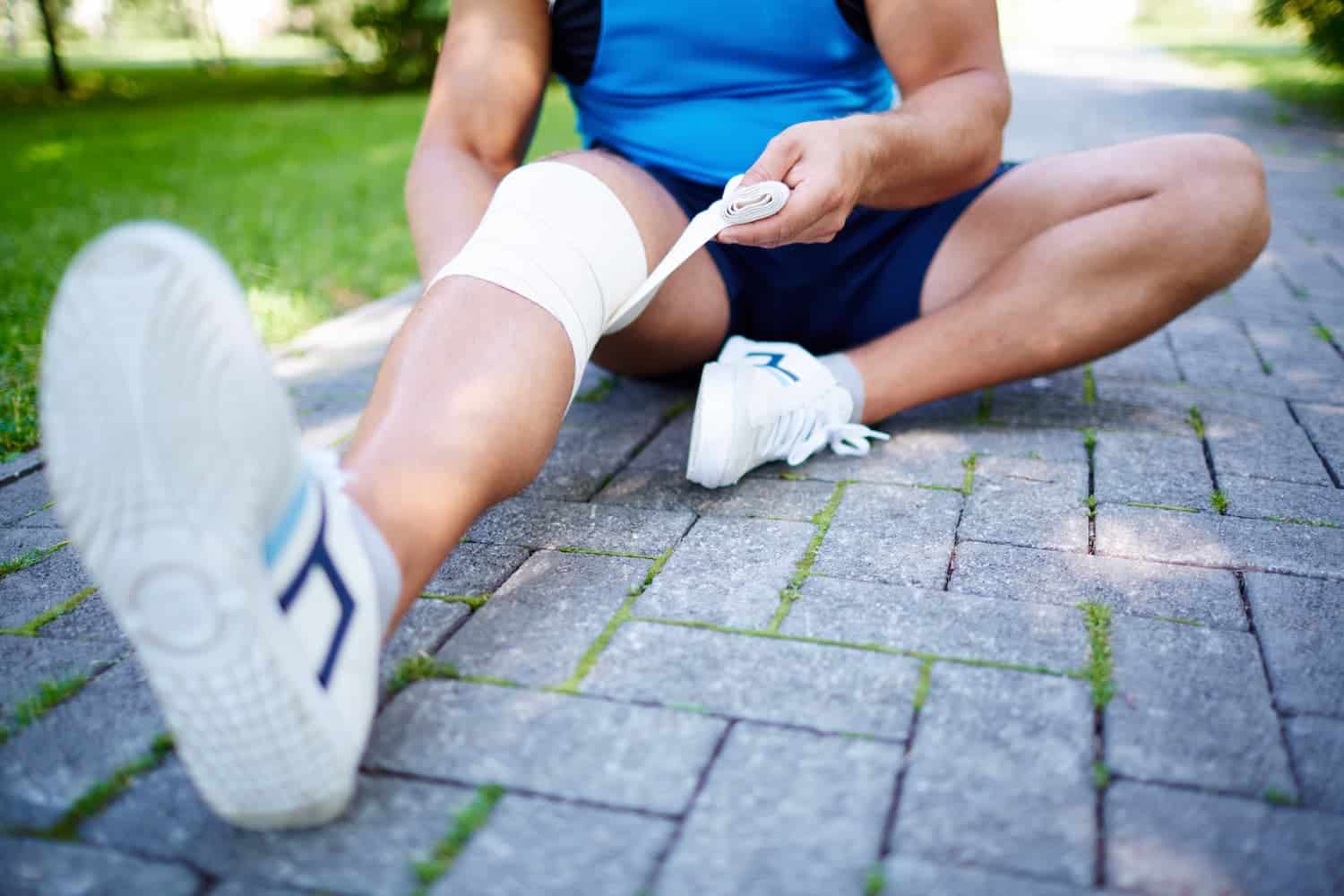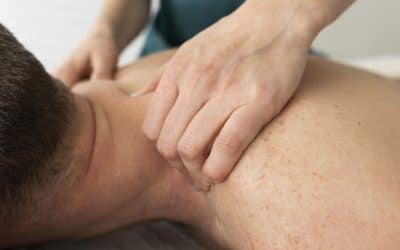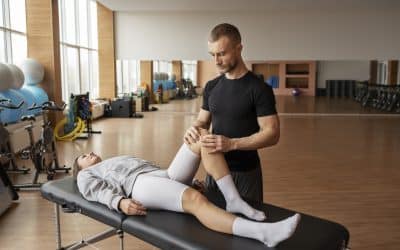One of the most common questions we hear is, “How can I keep running when injured?” At Circle8 Massage, our expert physiotherapists don’t have a “magic” solution to this problem. However, they do have some answers for how you can keep running when injured.
The Most Running Related Pain is Not Caused by Falls or Trips
Most pain you experience when running is caused by improper load management. What does this mean? You’re probably doing more than your body can handle right now.
It’s not uncommon for runners to take a stoic approach and “push through the pain.” They choose to ignore the pain and keep running. After all, this is part of the running experience. Who doesn’t feel cramps, tightness, or other minor issues when running?
There’s also something called “the warm-up effect,” which may lead runners to develop painful tendonitis.
So, how can you keep running when injured?
Run Pain-Free by Creating a Resilient Body
The solution is to allow your body to heal faster than you’re damaging it. Otherwise, you will constantly damage your body, and it will never fully recover.
It takes balance to work through this pain and keep running. You can do this by running at a level of effort your body can sustain. That may mean running slower and shortening your run so you feel only a 1-3 out of 10 pain level (10 is the worst pain).
This means it’s necessary to adjust your running by:
- The speed you use
- The distance you go
- How often you run
The aim is to find your tolerance level and build from there, but keep your pain between 1-3. As you heal, remember not to increase all three simultaneously.
What are the Most Common Overuse Running Injuries?
There are several common overuse running injuries that include the following:
- Gluteal tendinopathy
- Shin splints
- Plantar fasciitis
- Achilles tendonitis
- Patella tendonitis
- Runners knee
- Heel and foot pain
- Muscle strains
- And more
These types of injuries are not usually caused by one event. They tend to come on gradually in persons who run regularly. So, how do you know if you can safely run?
Questions to Ask Yourself & Your Physical Therapist
Here are some questions to ask yourself and your physical therapist as you feel up to training again.
1. Is your injury recent or a recurring chronic injury?
For acute injuries between 0-4 days old, it’s best to rest. The problem is that running could make the condition worse. At this point, the injury needs to be allowed to rest and heal.
On the other hand, a chronic injury is a little more subtle. You may need to work with your physical therapist to conduct a review of your condition. Some conditions take longer to heal and need the proper rest and treatment. It may be that you can do other training activities or exercises as your injury heals. This way, staying in shape and reducing training loads and stress during the healing process is possible.
2. Does Your Pain Continue or Improve with Running?
As you heal and begin running again. It’s common to feel a small amount of pain and twinges when running after an injury. The pain usually resolves and heals so that you can continue. In this case, there’s a lower risk to start running again. Another option is to modify your activities to decrease the risk of re-injury or hindering the healing process.
If the pain is increasing, it’s best to stop running. Pain means something is wrong, and the injury needs to be re-assessed. Modifications to your running regimen may include altering your gate, running surfaces, cadence, and volume can make a huge difference in whether or not you can run while injured.
Regarding your gate, research has shown that overstriding can cause a higher rate of ground reaction forces, increasing stress on muscles as you run.
How can altering your cadence help? Increasing cadence means shortening your strike and decreasing ground reaction and pain symptoms.
In addition, altering your running surface can also make a big difference. For instance, running on a treadmill can be easier on your injury. The treadmill offers some cushioning when you run.
When you put all of this together, you may find it’s possible to get back to running sooner and keep the pain level lower, allowing you to keep running. As your injury heals, it’s possible you may be back to regular running after allowing the injury to rest and heal.
3. What if the Pain Lasts Even with These Modifications?
If the above modifications result in continued pain, it’s time to stop running. The continuing pain indicates that there’s a problem that needs attention. Your physical therapist can evaluate the source of the pain and develop a treatment plan that may include corrective exercises. Treatment may also include complimentary training or cross-training to help you stay fit.
How to Prevent Running Injuries
There are several ways you can run to lower your risk of developing running injuries, including the following:
Don’t do too much too soon: gradually build up the intensity and distance of your runs. Going slowly, in the beginning, can make a big difference, then increase the intensity of your runs as your legs build up. The key is to listen to your body and slow down when you feel tightness or pain.
Rest and recover: overtraining can cause overuse injuries; however, getting enough rest and allowing your body to recover can reduce your chance of developing these problems. Resting allows your muscles to repair in between training sessions. It’s during these times your body becomes stronger.
Warm-up and cool down: always warm up and cool down. These times help your body prepare for running and may help you spot pain.
Include strengthening exercises: in between runs, it’s also helpful to include some strengthening exercises in your fitness routine. These exercises can make you stronger and prevent running injuries.
Buy supportive running shoes: comfortable, supportive running shoes are another way to prevent running injuries. It’s best to be fitted by a specialist running shop to find the right running shoes.
Summing It Up
Running with an injury is possible, but it depends on your pain level and the seriousness of the condition. In many cases, modifying your runs and following up with your physical therapist can mean it’s possible to keep running. However, there are times when it’s best to rest and give your body plenty of time to heal before restarting your running regime.







